The Ring of Fire: Infrastructures of Empire and Resistance
University of British Columbia
School of Architecture and Landscape Architecture
Landscape Architecture IV/V
Option Studio
School of Architecture and Landscape Architecture
Landscape Architecture IV/V
Option Studio
Teaching Faculty: Fionn Byrne
Description:
The construction of railways, east-west across the province of Ontario and north to south connecting population centers to remote resources locations lead to significant economic growth. Early lines included the Temiskaming and Northern Ontario Railway, Canadian Northern Railway, Canadian Pacific Railway, National Transcontinental Railway, and the Grand Trunk Pacific Railway. Not coincidentally railway construction is tied historically to the definition of present day borders of the province of Ontario and to treaty negotiations with Ontario’s indigenous peoples of the First Nations. Thus, the spatial impacts from rail infrastructure extend, for example, from small scale local environmental impacts, to medium scale urban settlement organization, to at the largest scale, the definition of territorial sovereignty.
While the construction of rail infrastructure and the then greater ease of mobility brought significant spatial transformation to northern Ontario, it is also well documented that the benefits have been uneven. In the Canadian settler colonial context, infrastructure has been a means of disposition that continues to shape colonial economies and social formations. So powerful is infrastructure at shaping the social and natural world that in Northern Ontario, roads built around new rail stops were even called “Colonial Roads.” As much of this infrastructure nears or passes a century in age, the design of new infrastructures, especially those funded with taxpayer dollars must be critically readdressed.
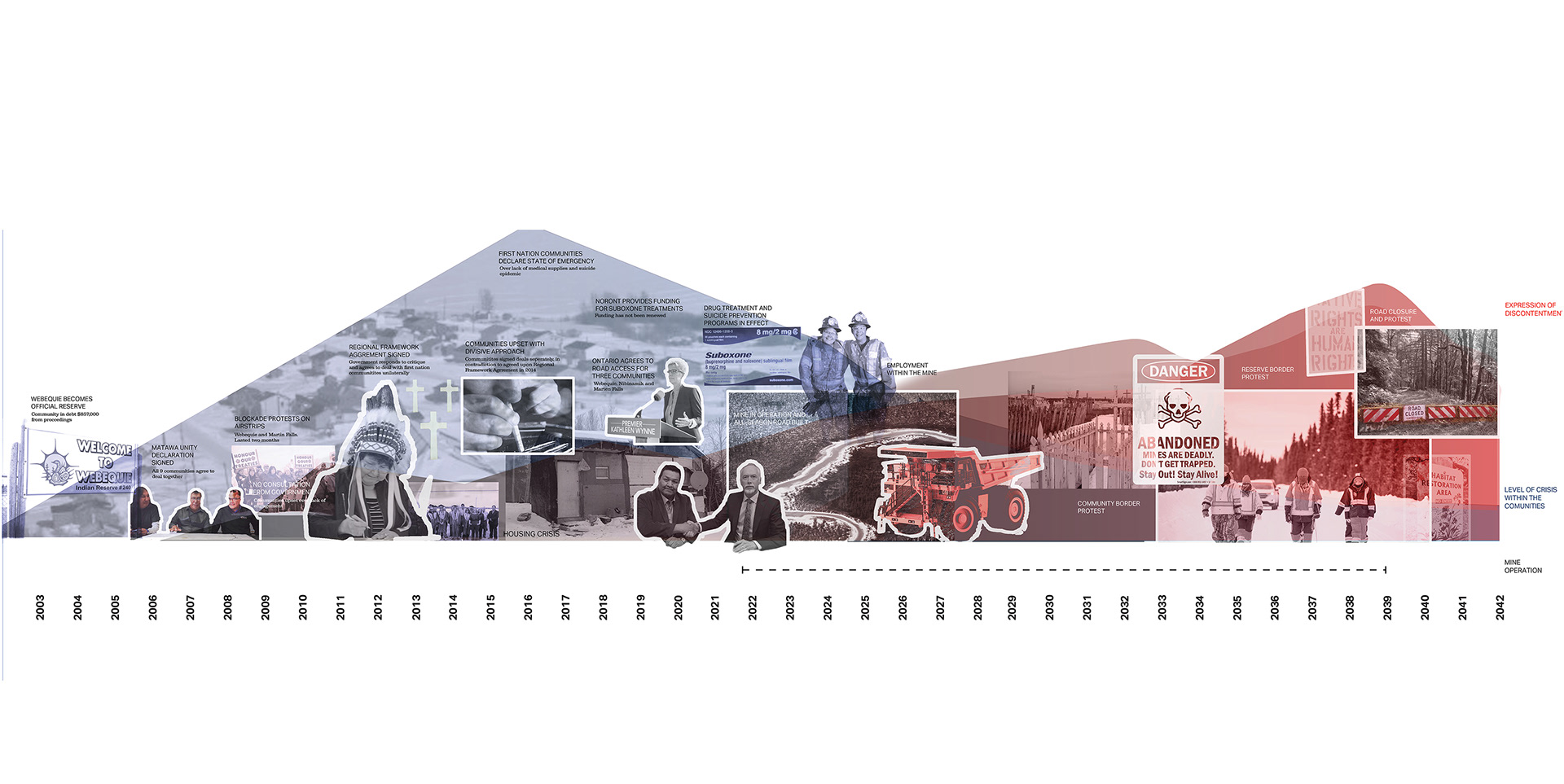
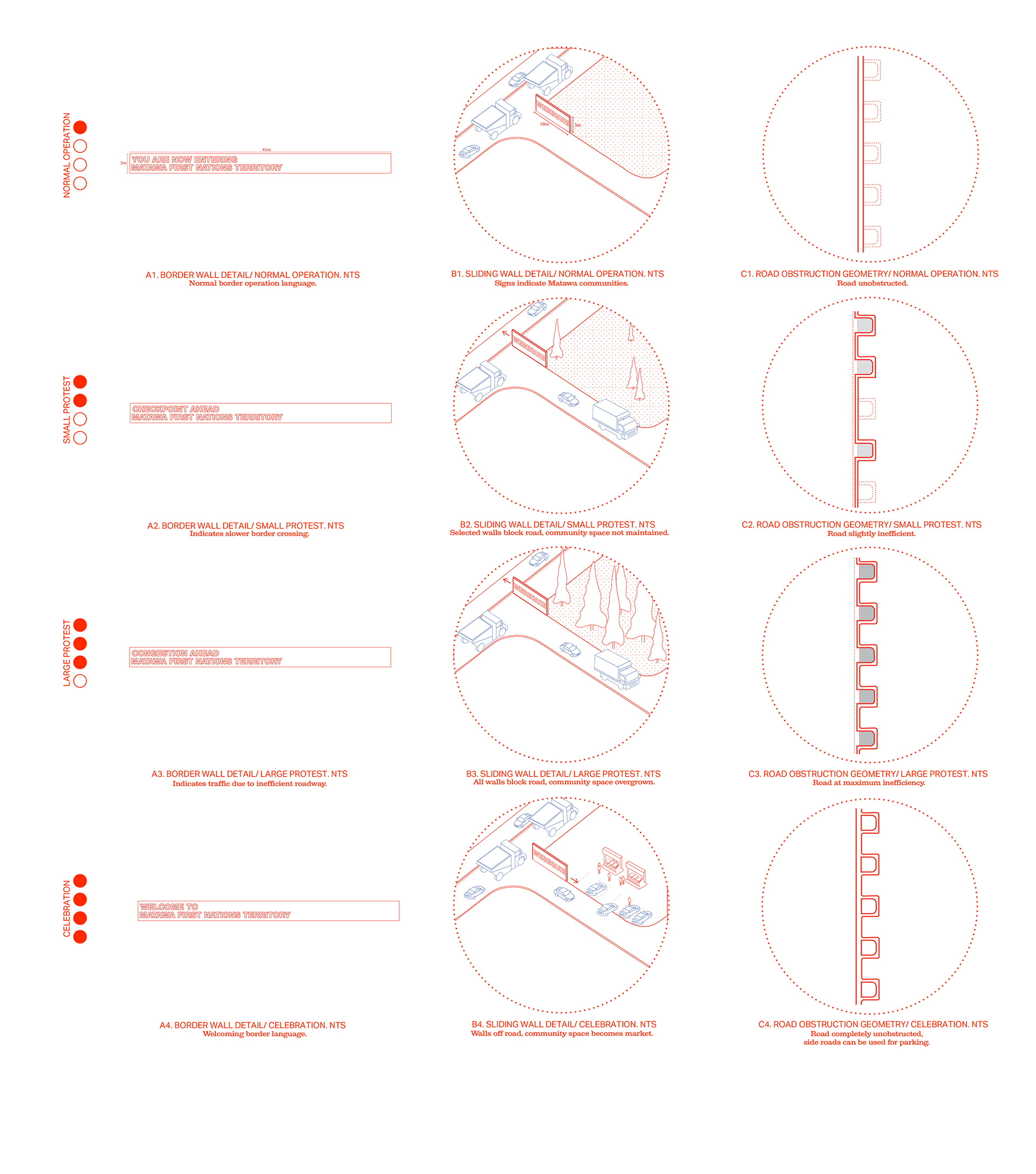
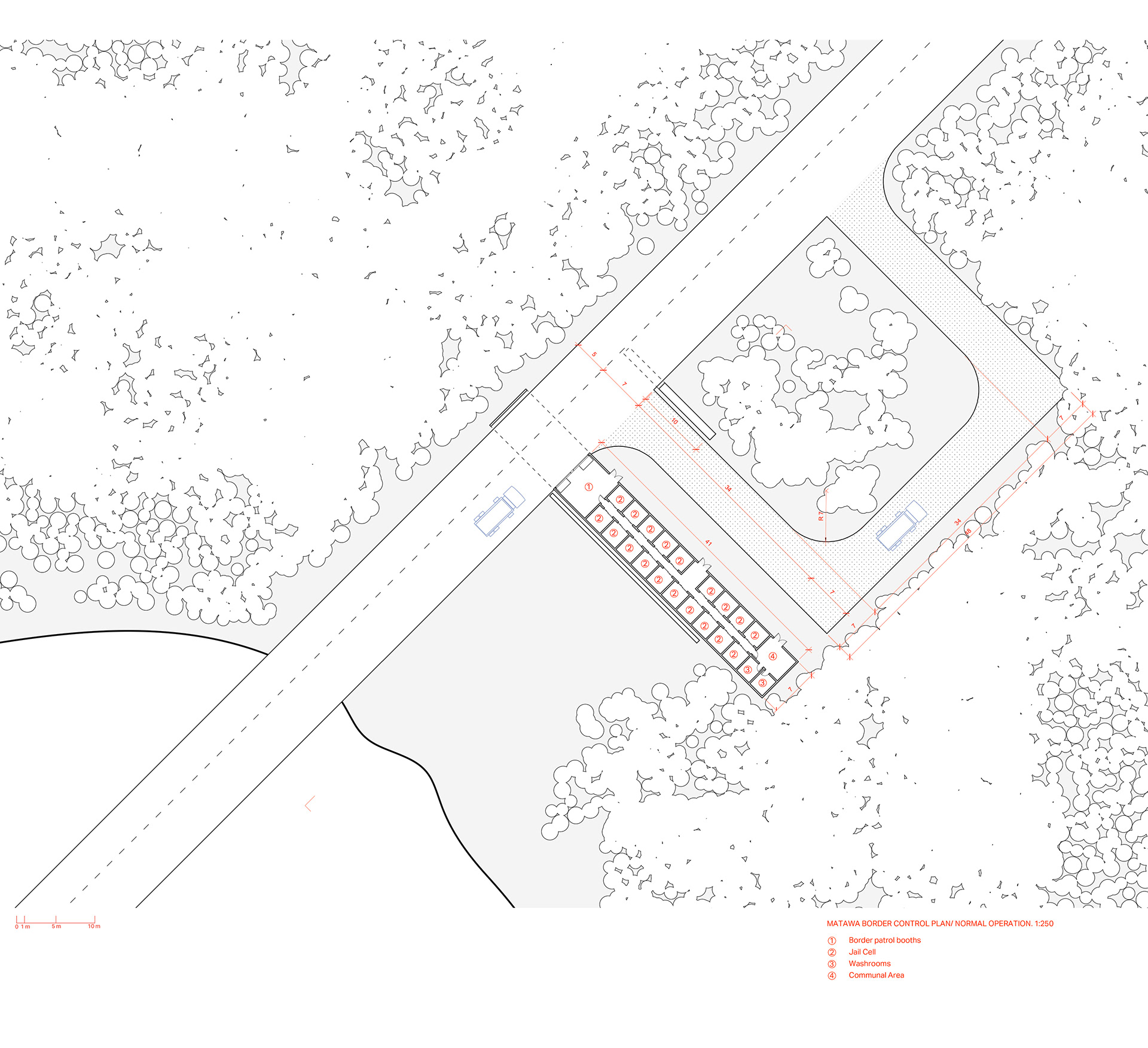
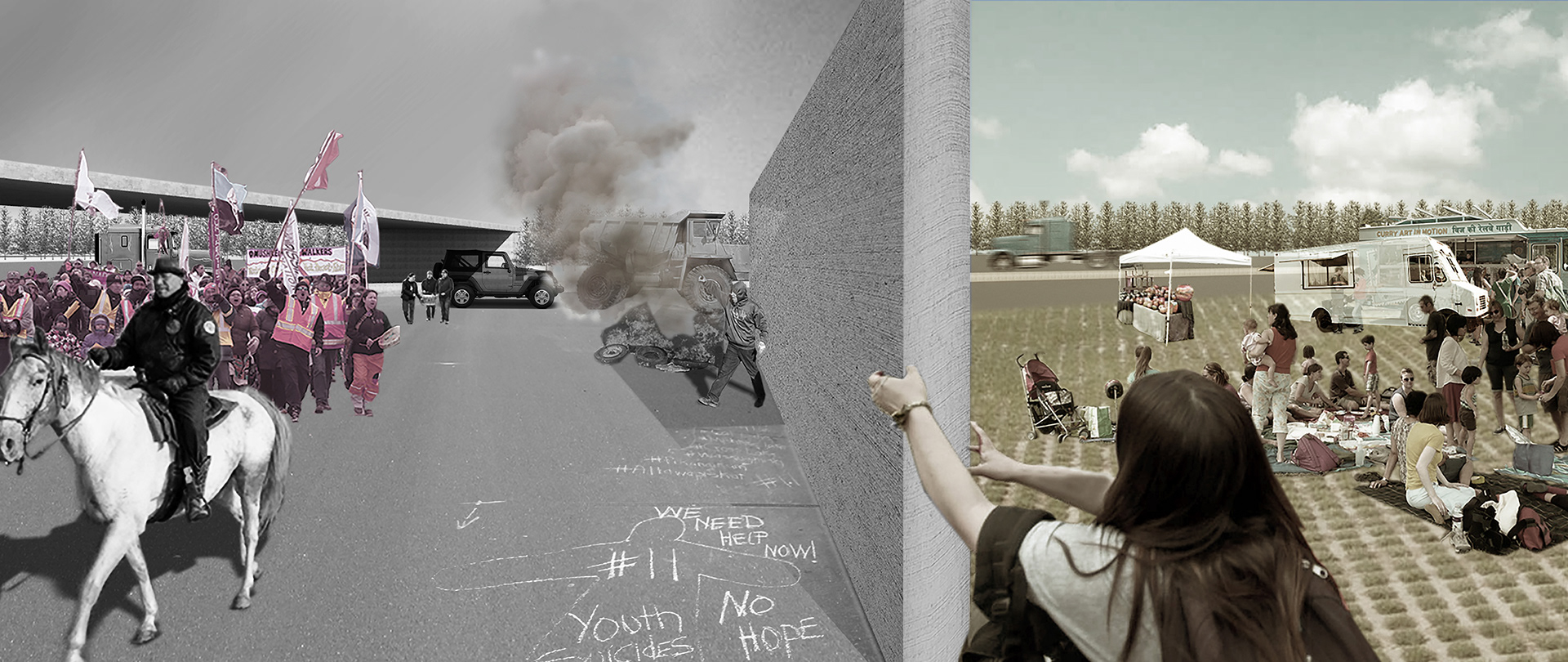
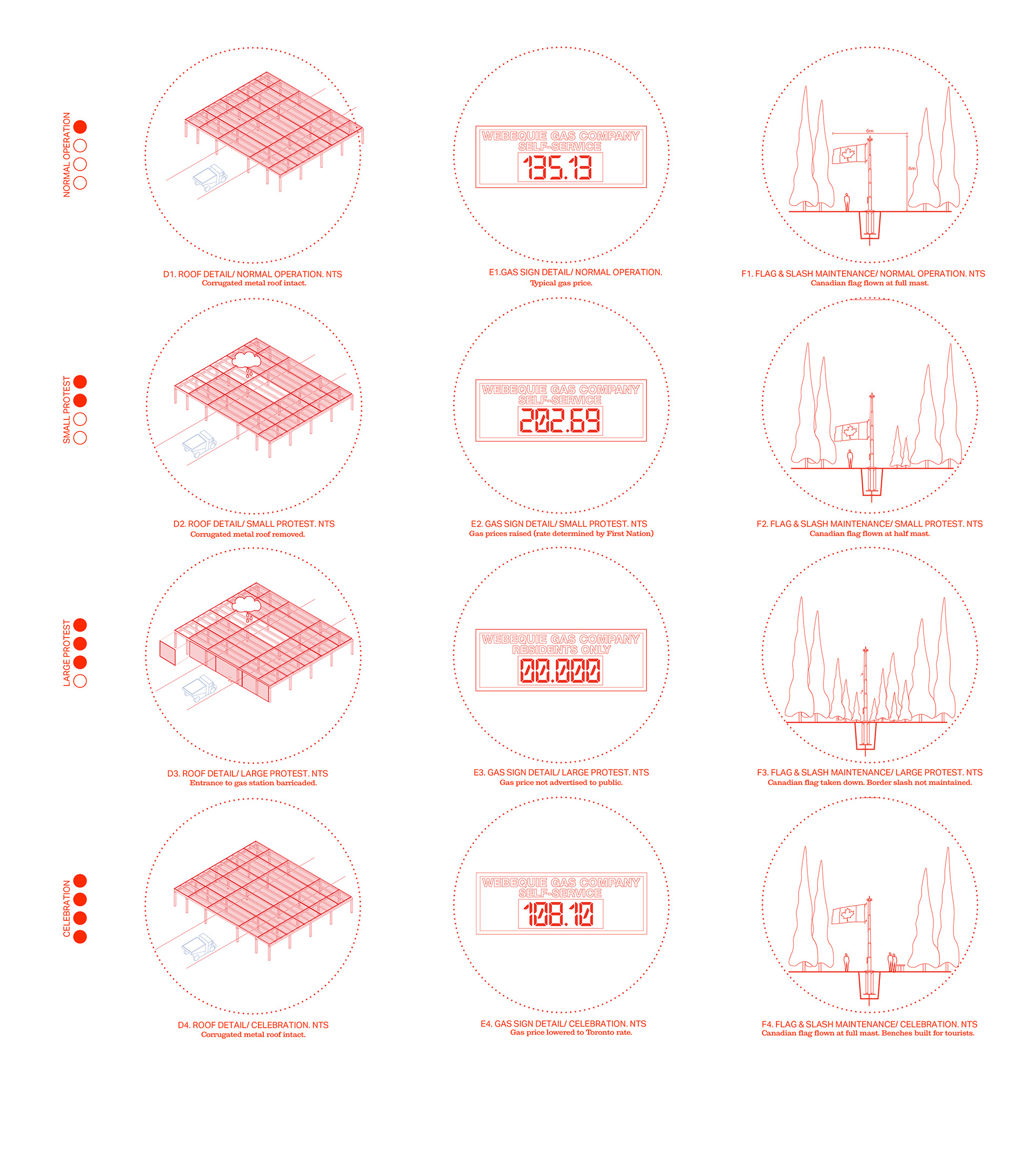
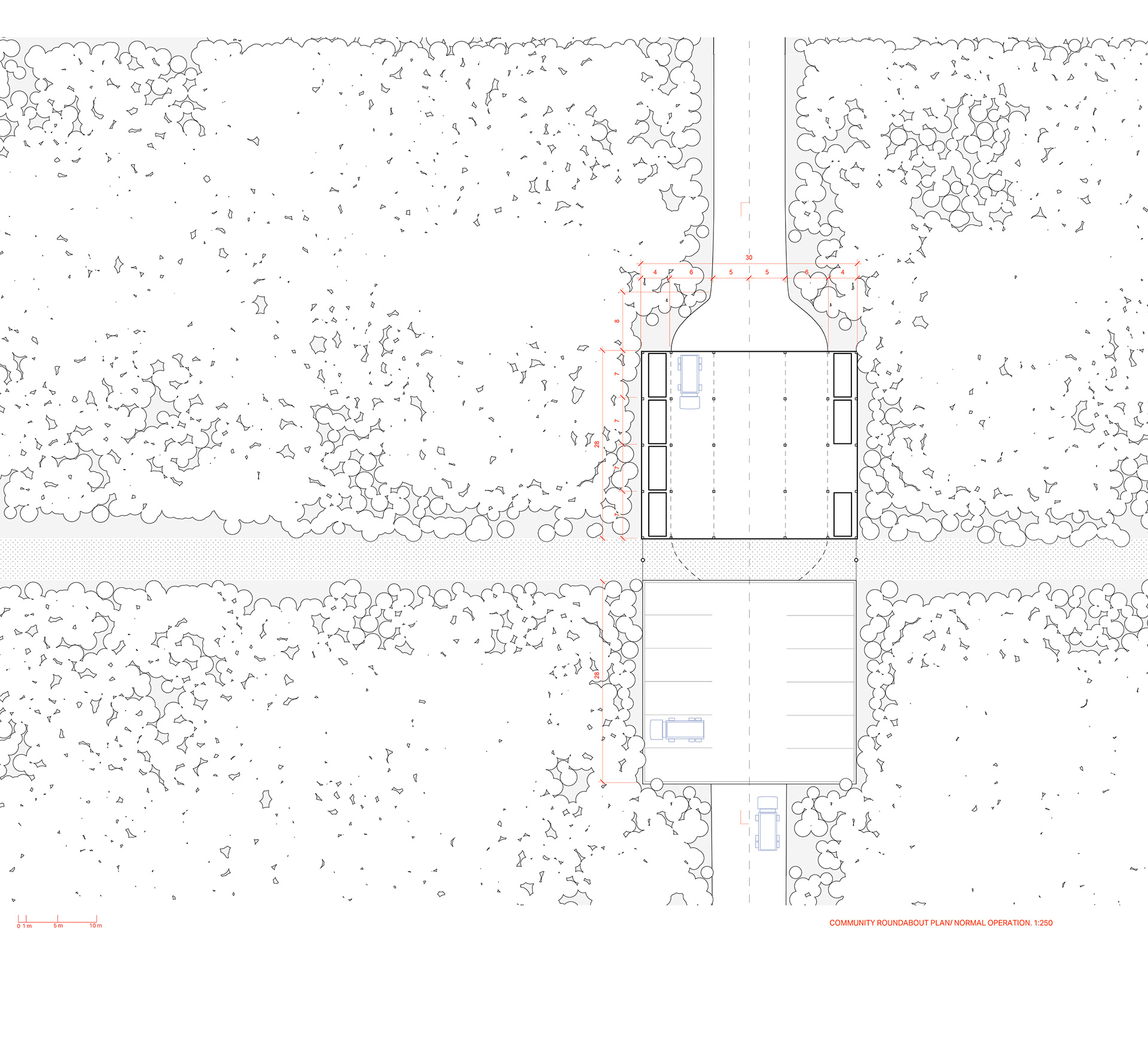
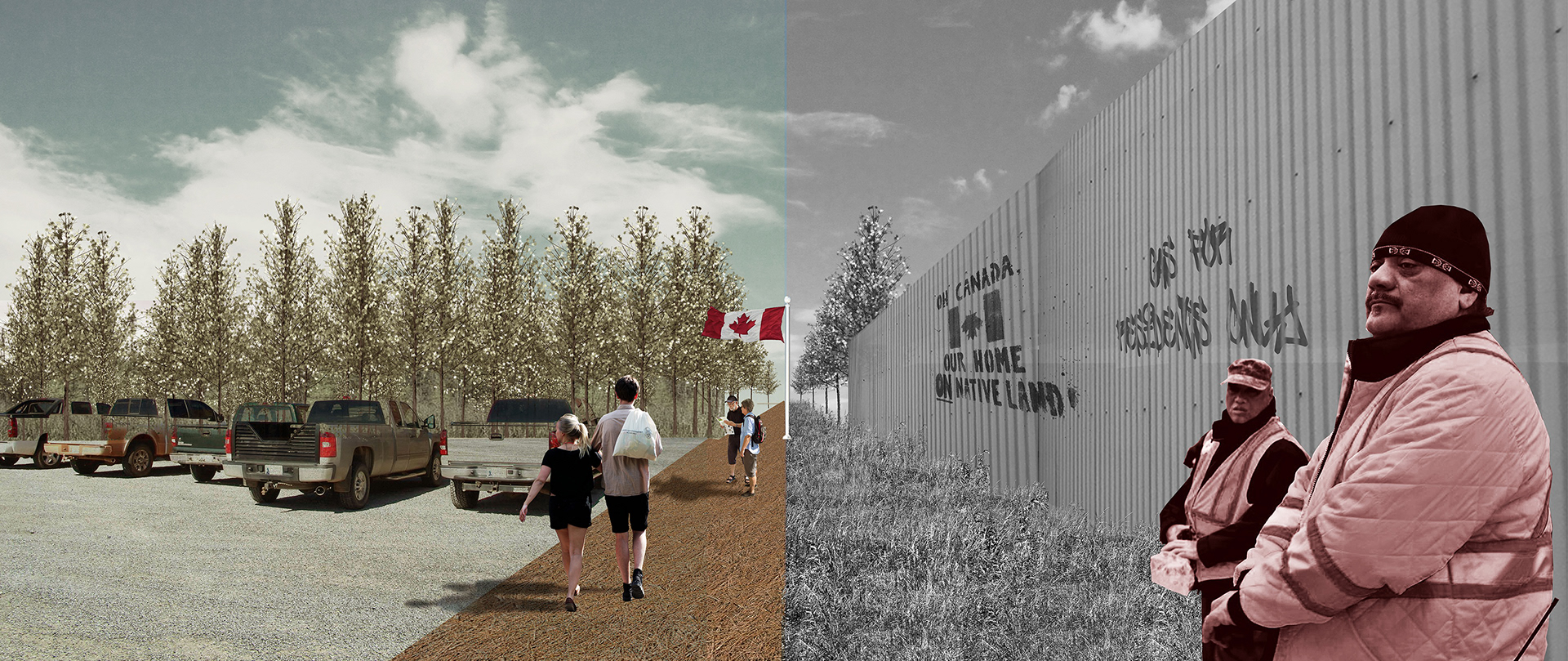
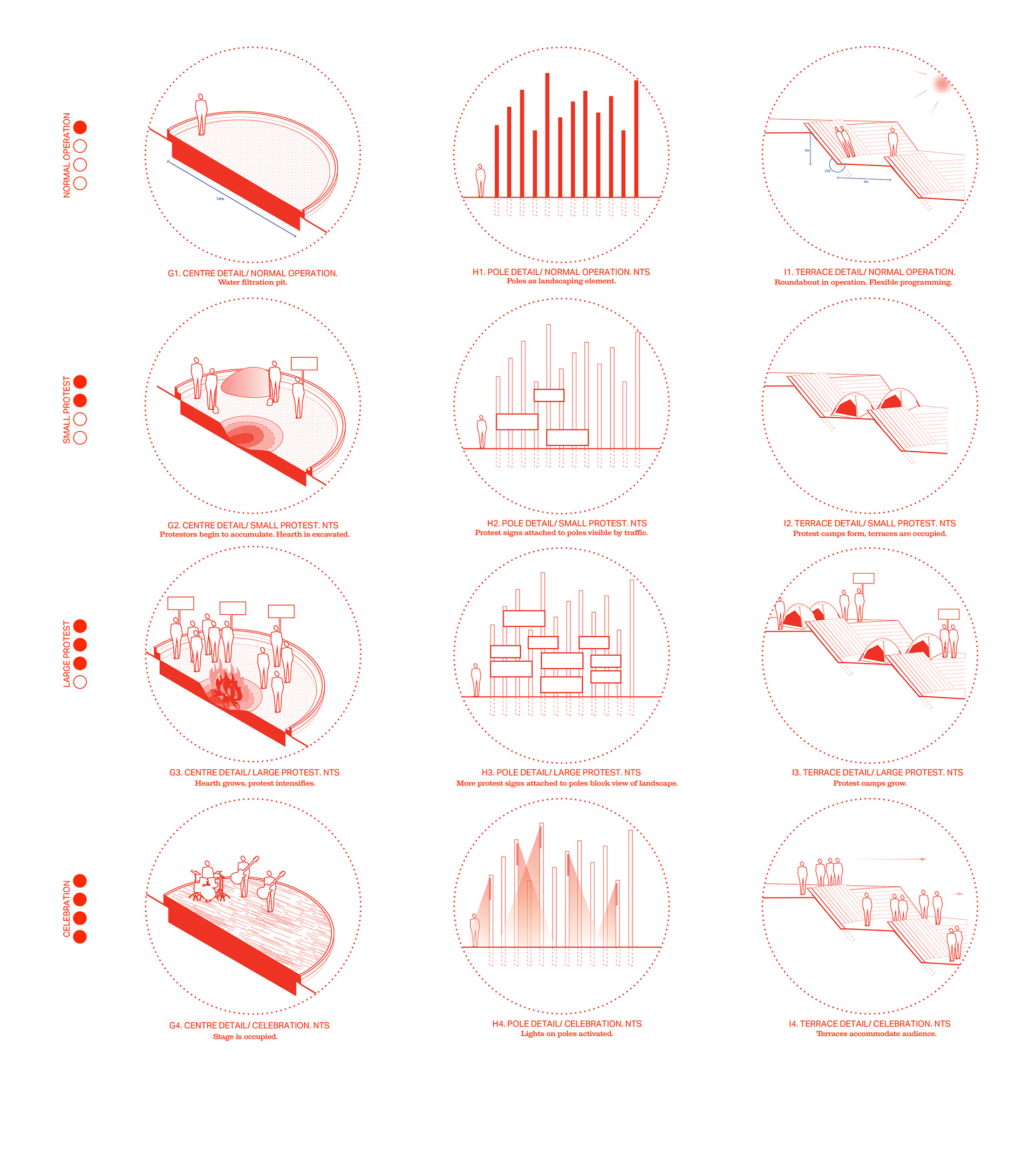
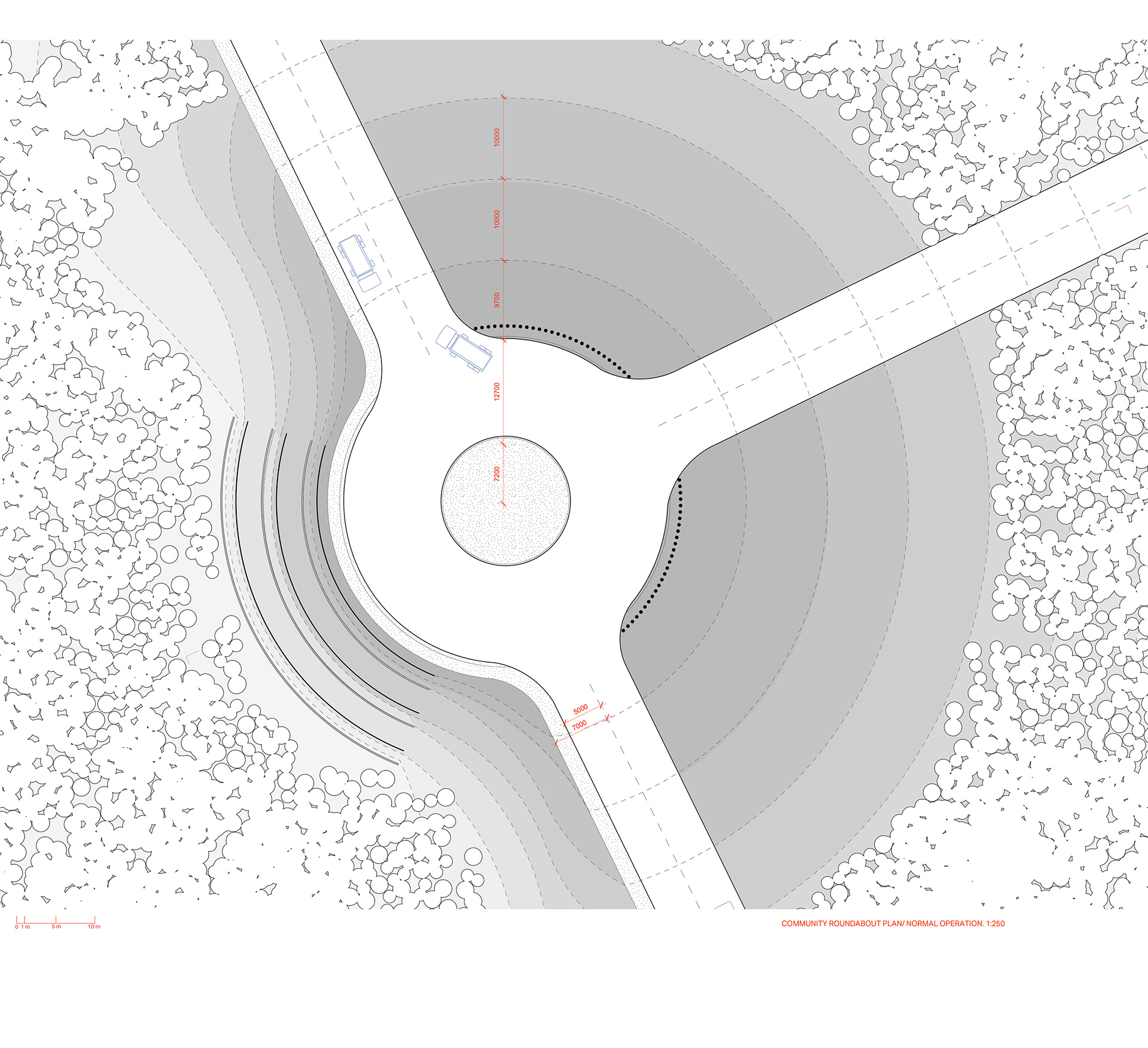
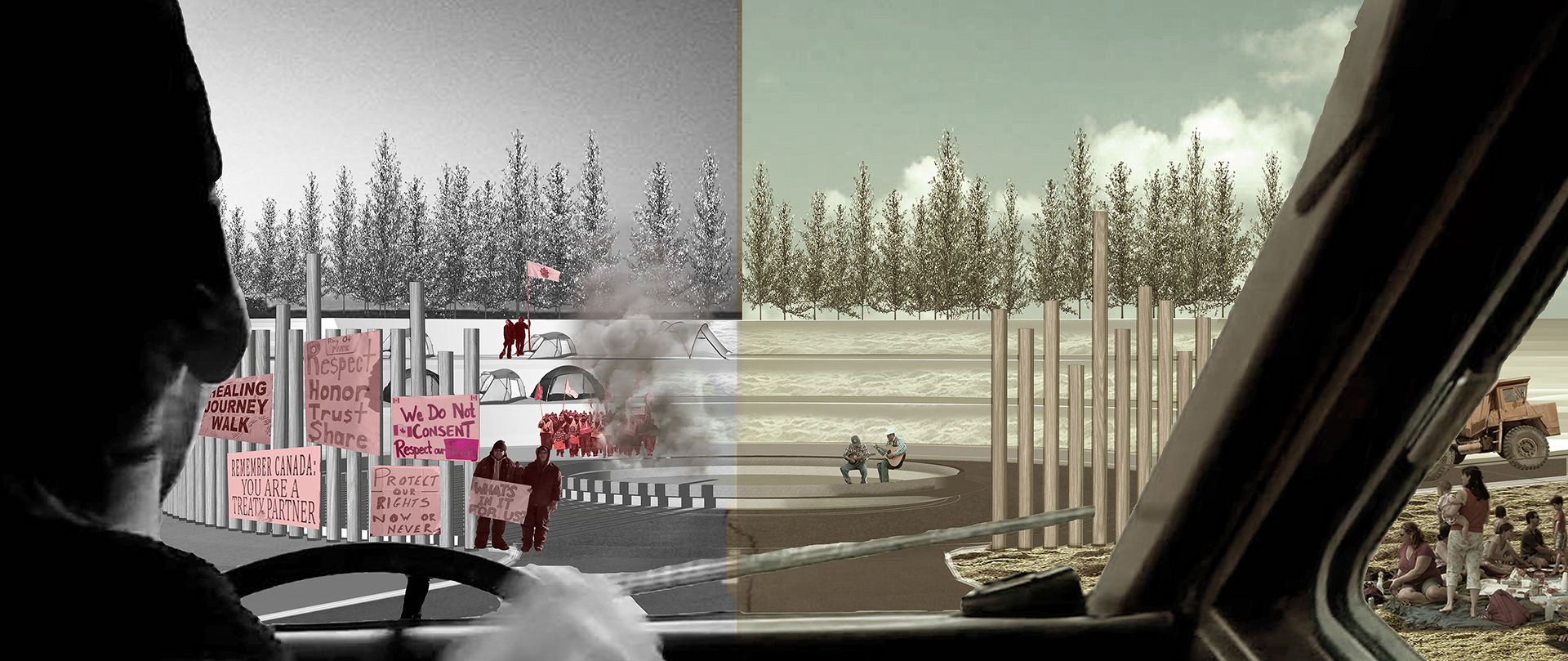
CREDITS
Kait McGeary, Dana Salama.